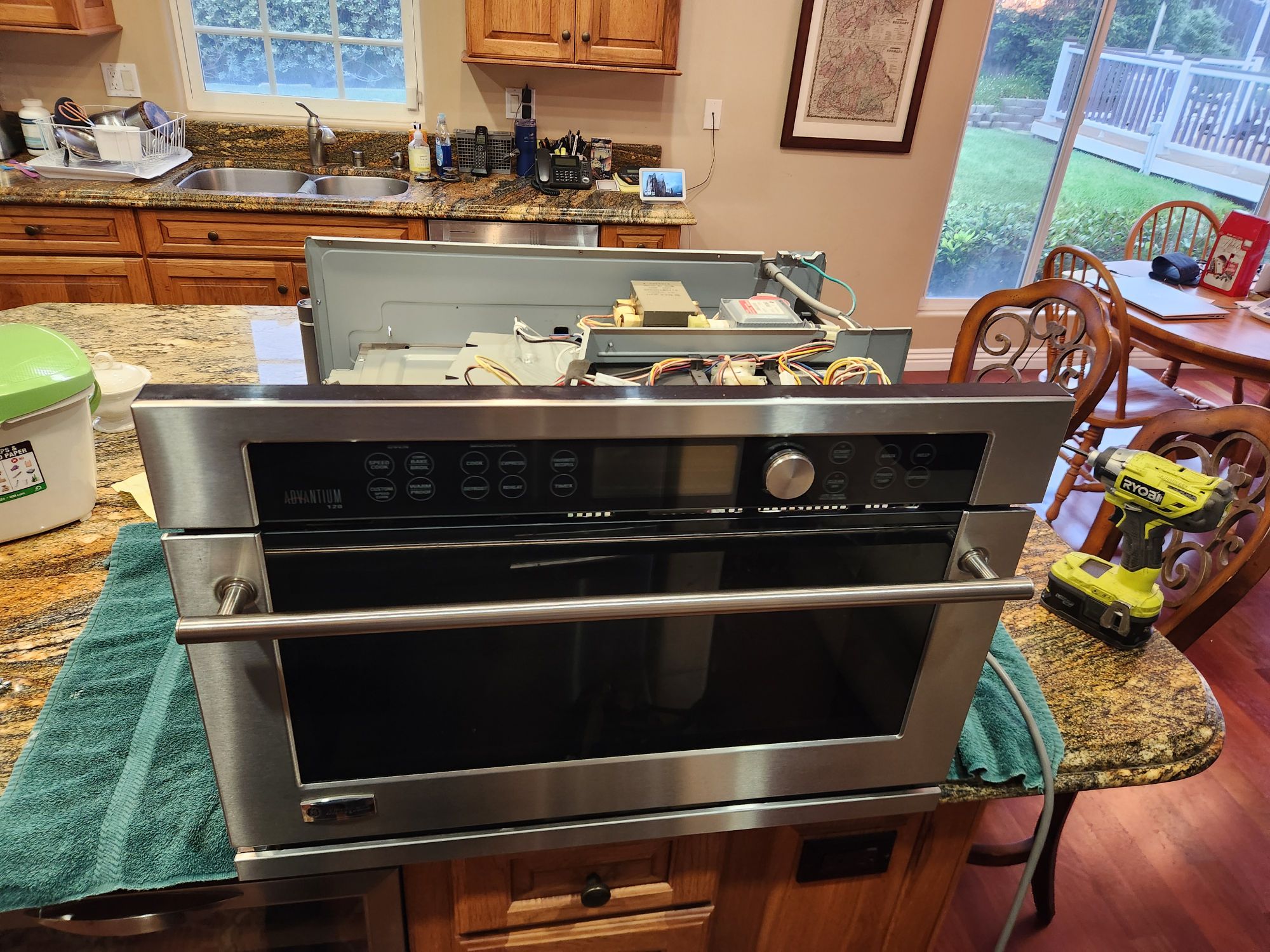
An oven is a kitchen essential that helps bring your favorite meals to life. But what happens when your oven starts to overheat? Food burns on the outside but remains undercooked inside, and baking becomes a frustrating guessing game. One of the most common causes of oven overheating is a defective thermostat or a damaged temperature sensor. Knowing how these components work—and when they fail—can help you prevent further damage and keep your oven running efficiently.
What Is the Role of the Thermostat and Temperature Sensor?
The oven thermostat is a control device that regulates the internal temperature of your appliance. When you set your oven to 350°F, the thermostat ensures that the heat stays near that setting by switching the heating elements on and off as needed. The temperature sensor (also called an oven probe or sensor) is responsible for monitoring the internal temperature and relaying that information to the control board or thermostat. This data allows the appliance to regulate the heating cycle accurately. When either of these components malfunctions, your oven may not get the correct signals to stop heating—resulting in an overheating issue.Signs Your Oven May Be Overheating
An overheating oven can present several warning signs:- Burnt food even when you’ve followed the recipe exactly
- The oven feels excessively hot on the outside
- Your oven’s internal light flickers or malfunctions during use
- Longer-than-usual cool-down time after the oven is turned off
- Oven error codes (in some digital models)
Defective Thermostat: How It Affects Performance
Over time, thermostats can wear out or become less accurate due to constant temperature fluctuations and usage. A defective thermostat might:- Fail to detect that the desired temperature has been reached
- Continuously signal the heating elements to stay on
- Provide incorrect temperature readings to the oven’s control board
Damaged Temperature Sensor: A Hidden Culprit
The temperature sensor is often overlooked, but it’s just as crucial. If the sensor is faulty, dirty, or disconnected, it may give incorrect readings, causing the control board to keep heating even when the oven is already hot. A damaged sensor may:- Show resistance values outside of the normal range
- Be loose or corroded at the connection point
- Be coated in food debris, leading to inaccurate readings
Diagnosis and Testing
Homeowners can perform a few simple checks before calling in a professional:- Use an oven thermometer to check if your oven’s internal temperature matches the setting
- Inspect the sensor visually for signs of wear, damage, or grime
- If your oven has a digital display, look for error codes indicating temperature regulation issues
Why Professional Repair Is the Smart Choice
Modern ovens—especially digital and smart models—require precise calibration. DIY repairs not only risk personal injury but can also void warranties and cause further damage. A professional technician:- Has the right tools to diagnose thermostat and sensor issues
- Can test and replace faulty components safely
- Will recalibrate your oven for accurate future use
- Can inspect for any hidden issues that might worsen over time
Preventive Measures
To avoid future overheating:- Clean the sensor regularly to prevent grime build-up
- Avoid slamming the oven door, which can damage internal components
- Schedule annual maintenance to keep all parts functioning properly
- Replace parts at the first sign of wear—don’t wait until a full breakdown